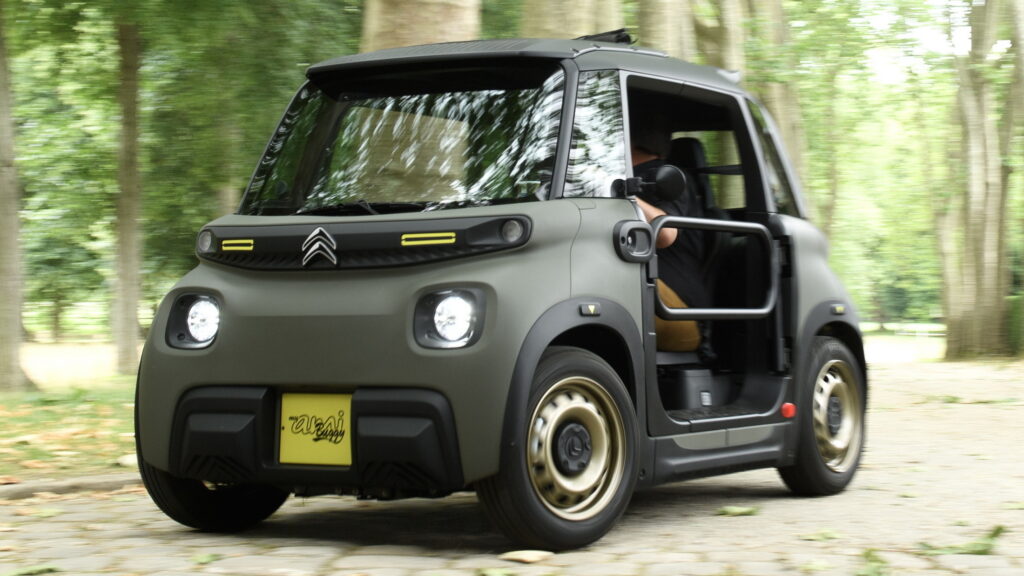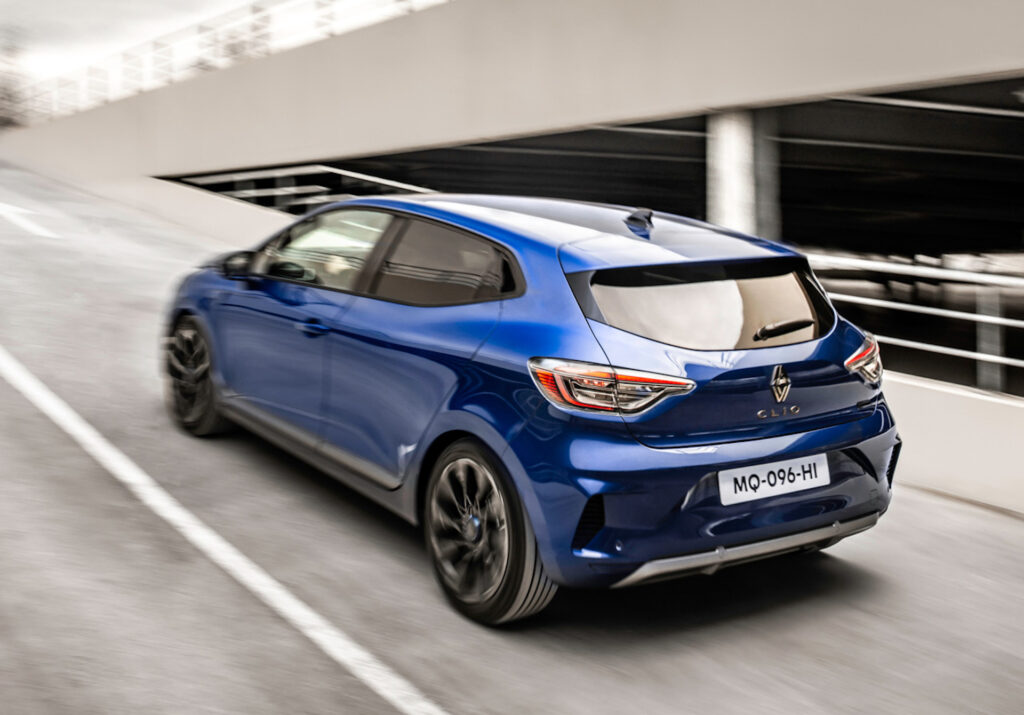Mugen Turns Honda’s Tiny EV Into A Pocket-Sized Street Fighter
- Mugen gives the Honda N-One e an aggressive bodykit and other accessories.
- Aero parts are complemented by performance dampers and new alloy wheels.
- All of the Mugen accessories will be available in Japan starting this autumn.
A new spark is coming to city streets, and it’s wearing a feisty grin. The Honda N-One e:, a fully electric kei car set to launch in Japan and Europe, already has a distinctive, slightly mischievous look. Now Mugen has stepped in with a fresh body kit and a collection of accessories to give it even more personality.
The exterior upgrades include a front splitter, side skirts, and a compact rear diffuser, all finished in matte black. A matching spoiler and 15-inch alloy wheels complete the package, giving the petite EV the stance of a scaled-down hot hatch.
More: Mugen Unleashes Aero Fury On Honda Freed Minivan
Mugen hasn’t stopped at just aerodynamics. Special decals featuring the Mugen name can be applied to the front bumper, grille, side panels, and rear bumper. An additional badge on the front fenders makes sure the car’s tuning pedigree is unmistakable.
Inside, the Mugen touch continues with branded scuff plates and door cubbies. The accessory list extends to tailored floor mats and a matching cover for the boot floor. Practical touches include window visors and hydrophilic mirror coatings designed to improve wet-weather visibility.
Subtle Performance Tweaks
Mugen’s version of the Honda N-One e: retains the stock electric motor, delivering 63 hp (64 PS / 47 kW) in line with kei car regulations. Performance dampers, paired with the larger alloy wheels, promise more responsive handling.
The only limitation for spirited drives on Japan’s winding roads is the range, estimated at over 245 km (145 miles) between charges.
More: Honda Prelude’s Prices Might Shock Even GR Supra Owners In Japan
The new accessories for the Honda N-One e: will be available in Japan starting autumn 2025, with pricing set to be announced closer to their market launch.
The EV is expected to make its European debut at the IAA Show in Munich this September. It will be interesting to see whether the Mugen parts will also be made available in the Old Continent.


